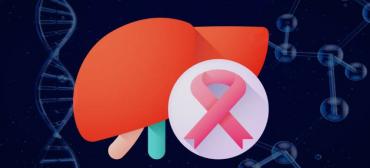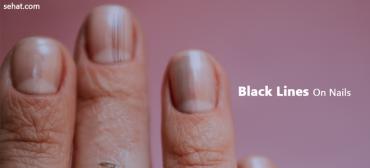Gonadotropin-Independent Precocious Puberty
What is gonadotropin-independent precocious puberty?
Early secretion (also called hypersecretion) of high levels of the body's sex hormones, androgen (male sex hormones) and estrogen (female sex hormones), can lead to the early outward appearance of puberty. Sometimes called pseudoprecocious puberty, this form of early puberty is characterized by the development of most secondary sexual characteristics, although the sexual glands remain undeveloped.
What causes gonadotropin-independent precocious puberty?
The production of high levels of sex hormones in the young child forces the onset of puberty characteristics.
What are the symptoms of gonadotropin-independent precocious puberty?
The following are the most common symptoms of gonadotropin-independent precocious puberty. However, each child may experience symptoms differently. Although the sexual glands themselves remain immature, hypersecretion of androgen and estrogen cause the development of most other secondary sexual characteristics. Symptoms may include:
-
Girls:
-
Development of breasts
-
Underarm and pubic hair growth
-
Changes in body odor
-
Menstruation
-
-
Boys:
-
Facial, underarm, and pubic hair growth
-
Lengthening of penis and enlarging of testicles
-
Appearance becomes more masculine
-
Changes in body odor
-
Acne
-
Spontaneous erections
-
The symptoms of gonadotropin-independent precocious puberty may resemble other problems or medical conditions. Always consult your child's doctor for a diagnosis.
How is gonadotropin-independent precocious puberty diagnosed?
In addition to a complete medical history and physical examination, diagnosis of gonadotropin-independent precocious puberty may include:
-
X-ray. A diagnostic test which uses invisible electromagnetic energy beams to produce images of internal tissues, bones, and organs onto film. X-rays may help determine bone age.
-
Measurement of blood hormone levels.
-
Ultrasound (also called sonography) of the ovaries, testicles, and adrenal glands and pelvis. Ultrasounds are used to view internal organs as they function, and to assess blood flow through various vessels.
-
Magnetic resonance imaging (MRI). A diagnostic procedure that uses magnets and produces detailed images of the body's internal structures.
How is gonadotropin-independent precocious puberty treated?
Specific treatment for gonadotropin-independent precocious will be determined by your child's doctor based on:
-
Your child's general health status and medical history
-
Severity of the symptoms
-
Your child's ability to tolerate medical procedures and take prescribed medications
-
Projected development of the condition
-
Your desires regarding treatment
The goal of treatment for the hypersecretion of androgen and estrogen is to stop, and possibly reverse, the onset of early puberty symptoms. Treatment may include the use of certain medications that inhibit the action of the sex hormones. If a tumor is causing the disorder, surgical removal may be necessary.





















